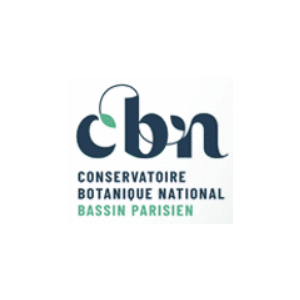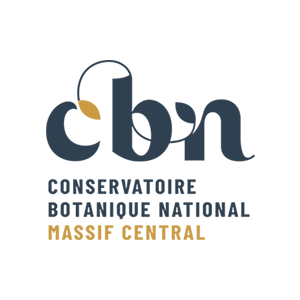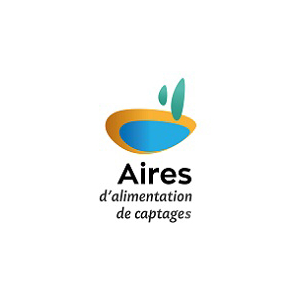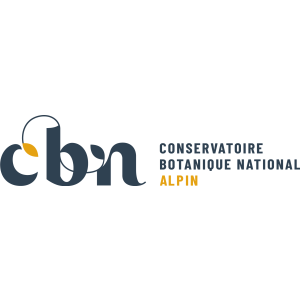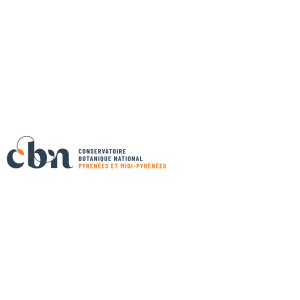
Document généré le 31/08/2025 depuis l'adresse: https://www.documentation.eauetbiodiversite.fr/fr/notice/evaluation-of-body-appendage-injuries-to-juvenile-signal-crayfish
Titre alternatif
Producteur
Contributeur(s)
EDP Sciences
Identifiant documentaire
11-dkey/10.1051/kmae/2011012
Identifiant OAI
oai:edpsciences.org:dkey/10.1051/kmae/2011012
Auteur(s):
A. Kouba,M. Buřič,T. Policar,P. Kozák
Mots clés
antennae
autotomy
intraspecific interaction
regeneration
walking leg
antenne
autotomie
interaction intraspécifique
régénération
pattes
Date de publication
18/05/2011
Date de création
Date de modification
Date d'acceptation du document
Date de dépôt légal
Langue
en
Thème
Type de ressource
Source
https://doi.org/10.1051/kmae/2011012
Droits de réutilisation
Région
Département
Commune
Description
Aggressive behaviour occurs frequently in crayfish and commonly results in injuries to
body appendages. This study aimed to evaluate injuries to antennae, chelae, and walking
legs of juvenile signal crayfish after seven months of rearing at high stocking density.
We suggest that the high incidence of antennae injuries (66.8%) is related to their
delicate structure and exposed position, which makes them vulnerable to damage. Chelae
were more frequently injured (45.5%) than walking legs (7.8–23.6%). Considering the
robustness of these structures and the scarcity of animals with both chelae missing and/or
regenerating (4.9%), it seemed that injured animals were often killed by less injured
ones. Antennae of crayfish with a single injured chela were more frequently injured on the
side of the body with the damaged chela, and a similar pattern was observed for walking
legs. Expanding on previous research reporting a negative relationship only between
incidence of chela injury and crayfish size, we found this relationship to be significant
for all evaluated appendages. We hypothesize that any injury and accompanying regeneration
may have significant impact on subsequent injuries, overall growth, and reproductive
success, and may result in death through cannibalism.
Accès aux documents
0
Consultations
0
Téléchargements








